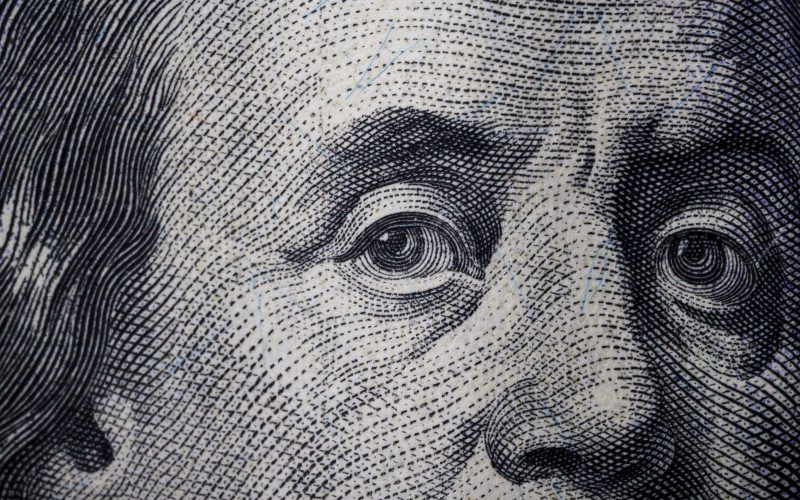by Brian S. Wesbury – Chief Economist & Robert Stein, CFA – Deputy Chief Economist, First Trust Portfolios
The Federal Reserve will meet this week and announce its decisions on Wednesday. As of the close on Friday, the futures market indicated about a 30% chance of the Fed raising short-term rates by a quarter point, with about an 85% chance the Fed raises rates by a quarter point by the end of the next meeting in late July.
We believe another rate hike is likely coming in late July, but also think investors should be more focused on what has been happening lately to the money supply. No matter how you cut it the Fed has finally gotten tight. Through April, the relatively narrow M1 measure of the money supply has dropped thirteen months in a row. The broader M2 measure, which we have followed the most, has dropped nine months in a row and is down 4.6% from a year ago.
Some careful observers have noted that the M2 measure of money does not include large time deposits (such as CDs above $100,000). But larger time deposits are included in the M3 measure of money, which the Fed stopped producing in 2005, but is still tracked by an international group (the OECD) and can be found online in the St Louis Fed’s FRED database. That measure is down 4.1% from the peak last July.
Meanwhile, bank credit at commercial banks is down 1.4% in the past three months and commercial and industrial loans are down 1.8% versus the peak in January. Deposits are down, as well. These are signs that the Fed is finally tight. The only question is how long this policy stance will take to bring inflation back down and whether the Fed will have the fortitude to maintain a tight enough policy to keep inflation down once it gets back to its 2.0% target, even if it causes recession.
The odd part of all this is that the Fed insists the money supply is irrelevant as a forecasting or policy tool. If we look back at 2020 and 2021, the Fed engineered a tsunami of easy money, allowing M2 to increase by a total of 41%.
The Fed could have easily taken measures to make sure the money supply did not surge in response to all that COVID borrowing and spending. Or, it could have at least decided not to do more Quantitative Easing, which would have led to a smaller gain in money. Instead, the Fed happily allowed the money supply to surge. We assume it did so because it thought this would alleviate financial stress from lockdowns.
So, while the Fed insists money doesn’t matter, it forced massive amounts into the system. That’s where inflation came from. And, now that the Fed is concerned with inflation, it certainly looks like it has reversed course and engineered the mother of all riptides in the money supply. That riptide has already helped pull some banks under and put others in distress. All this volatility in money growth suggests that maybe the Fed isn’t so sanguine about money after all.
Where does that leave the economy? At present, unfortunately, caught between the economic growth and inflation left over from the 2020-21 tsunami, but also feeling the negative effects of the 2022-23 riptide.
In the year ahead, we expect a recession to start as the pull from the riptide increases. Why so many, including the Fed, are ignoring what has been an integral part of economic theory for hundreds – if not thousands of years – is beyond us. What we do know is that these kinds of policies have a price. Rates may rise in June or July, but that’s the least of our worries.
Brian S. Wesbury – Chief Economist
Robert Stein, CFA – Deputy Chief Economist
Click here for a PDF version
















